
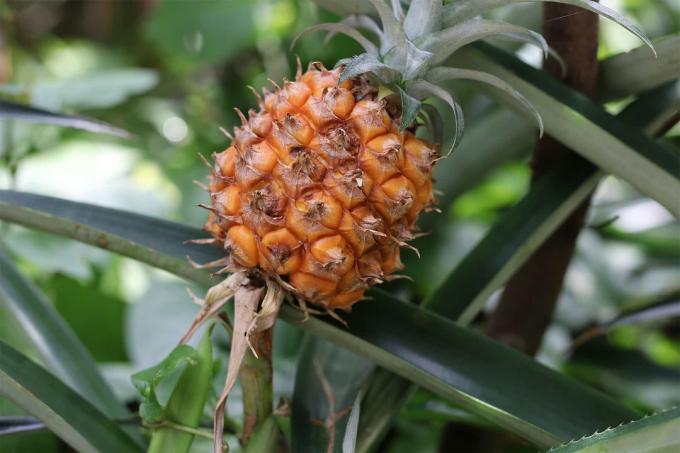
Table of contents
- Common Causes
- Location
- Plant evaporates the water
- Pour
- Eliminate waterlogging
- repotting and fertilizing
- frequently asked Questions
If the ornamental plants are cultivated in the garden or in pots and suddenly let their heads droop, then the question quickly arises as to why this can be. However, this is usually due to maintenance errors that need to be checked. If a remedy is found, most plants usually recover quickly.
Common Causes
Leave various ornamental plants such as daisies (Bellis perennis) or ornamental pineapple(Pineapple comosus) their heads hang, then there is usually a care error. Usually it is due to too little water, but waterlogging can also be the cause. The right watering is not only dependent on the plant, but there are other factors that are definitely related:
- Location
- humidity
- temperature
- growing period

Location
Choosing the right location is crucial to the survival of your plants. Everyone has individual requirements that need to be understood. If it is too dark, the plant can carry out less photosynthesis and die, but if it is in direct sunlight, the heat can burn it. Therefore, try to find out before you buy which plants you want, for example. in the poorly lit bathroom or on the terrace with strong midday sun.
- First place the plant in the chosen location
- observe the development of your plant
- sometimes a few meters further to the light or the shadow is enough
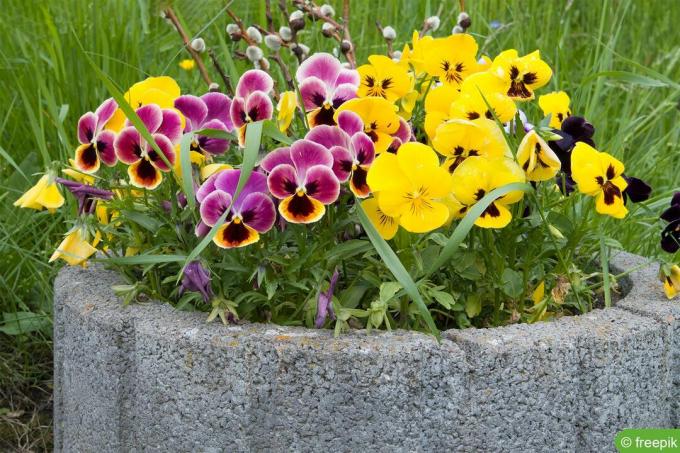
A notice:
Slowly acclimate plants to strong sunlight to avoid sunburn.
Plant evaporates the water
Plants evaporate water. However, this process always depends on the temperature and humidity in a room. The higher the temperature and the drier the environment, the more water the plants need. This also applies in summer Balcony and patio plants in tubswhen it is particularly hot and dry. A lack of water always leads to a lack of nutrients because the roots cannot absorb the nutrients from the soil without water.
- Always check the soil for dryness
- superficially dry, there may still be moisture in the soil
- therefore control more deeply
Pour
If the plants hang their heads due to drought, further damage can be avoided by acting quickly:
- water large potted plants well
- until water can be seen on the collecting plate
- drain the plate after half an hour
- small pots dip
- to do this, put the pots in a bowl of water
- Water should go over the edge
- if there are no more air bubbles, the root ball is saturated
- Take out the pot and let it drain

A notice:
After watering, the plants will recover within a few hours.
Eliminate waterlogging
In addition to the drought, it can be just at Plants cultivated in pots can also become waterlogged. This is the case when the soil is repeatedly poured, although it is still moist enough. If waterlogging is detected, then quick action is required:
- Carefully remove the plant from the soil
- remove all soil from roots
- check for damaged roots
- cut them off with sharp and clean scissors
- Allow the root ball to dry thoroughly
- then put in fresh substrate in the pot
- only water carefully after a few days
A notice:
If the roots have not been damaged too much by the moisture, then these plants will also recover quickly if they are no longer exposed to waterlogging in the future.
repotting and fertilizing

If plants hang their heads and it is not due to a watering error, then missing or too many nutrients can also be the cause:
- Check fertilizer application
- possibly fertilize
- repot at least every two years
- provide the plant with fresh, nutrient-rich substrate
frequently asked Questions
If your decorative indoor or balcony plants droop their heads, then you have to take the different plant species into account. Not every plant has the same water or nutrient needs. Accordingly, you also have to act differently when the plants hang their heads.
Just plants that a substrate rich in peat or humus need or stand in coniferous soil, should be watered. These include, for example, azaleas (Rhododendron simsii). Because once the floor has dried completely, it will not accept the water during normal watering and it rolls off again from above. The water does not get to the roots.
This may be due to the water quality. Water from the tap is often too hard. However, if rain or well water is used, which is much better for most plants, it is often simply too cold. As a result, the soil temperature drops sharply and root activity is impaired. The plants absorb less water and nutrients. You should therefore make sure that the water temperature is above 12° Celsius.
Many plants can definitely be cultivated hydroponically. This has the advantage that you do not have to constantly check whether the soil has dried out and needs to be watered again. A stick in the bucket shows how high the water level is and when it is time to water.
 Maike
Maike
Learn more about caring for plants
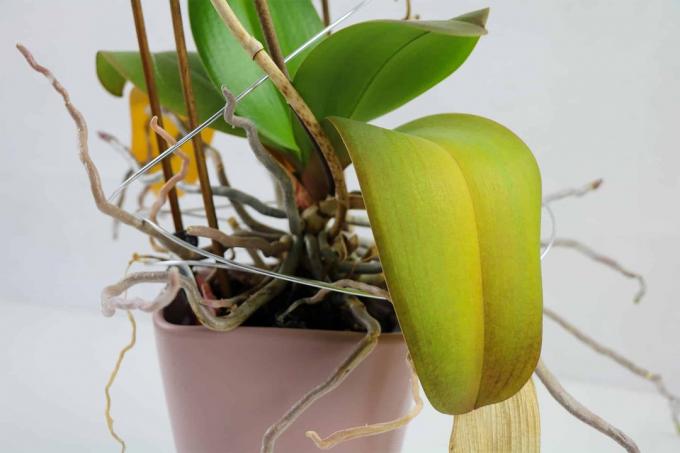
Plant hangs leaves despite water
If plants let their leaves hang despite water, this can have various causes. In order to prevent it from dying off by taking rapid countermeasures, you should find out about the possible causes and effective countermeasures here.

Repot orchids: how & when to replant
Thanks to more uncomplicated and easy-care new breeds, orchids are now at home on many windowsills. In particular, the Phalaenopsis or butterfly orchid, which is available in countless varieties, is very popular. Read how and when you can best repot the distinctive beauties.

pull tree out of core | 7 tips for growing a tree yourself
Trees can be grown from cores without much effort. There are a variety of plants that have seeds and can be easily cultivated in your own garden. Special classic fruit trees should be mentioned, which are suitable for such a project.
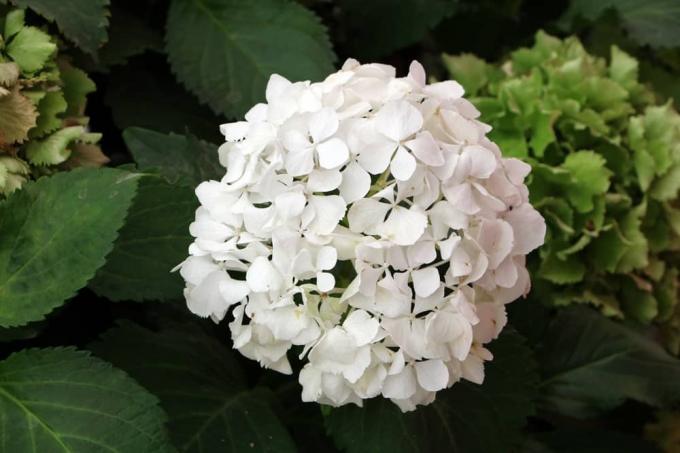
How do hydrangeas stay white? | That way it won't turn pink
How do hydrangeas stay white - this is the question many hobby gardeners ask themselves when the hydrangea changes color. The white often turns into a pink, which is usually comparatively pale or can appear "dirty". Here we reveal how it works.
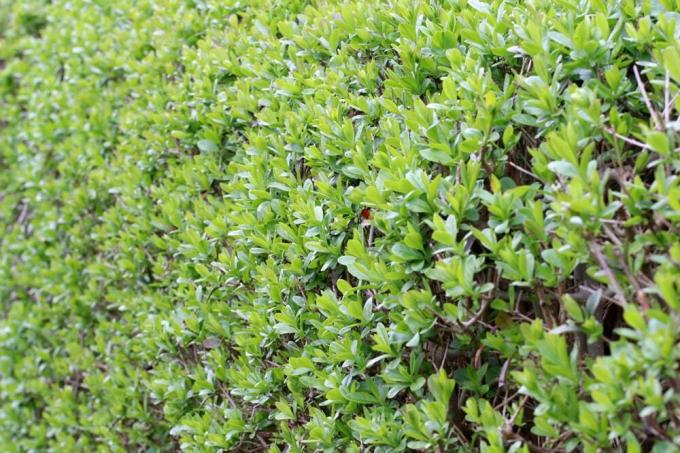
Cutting privet: when is the best time?
Privet is becoming increasingly popular and is often used as a privacy screen in the form of a privet hedge. This is not surprising, because the plant is easy to care for and fast-growing. However, it is crucial to cut the plant regularly at the right time.
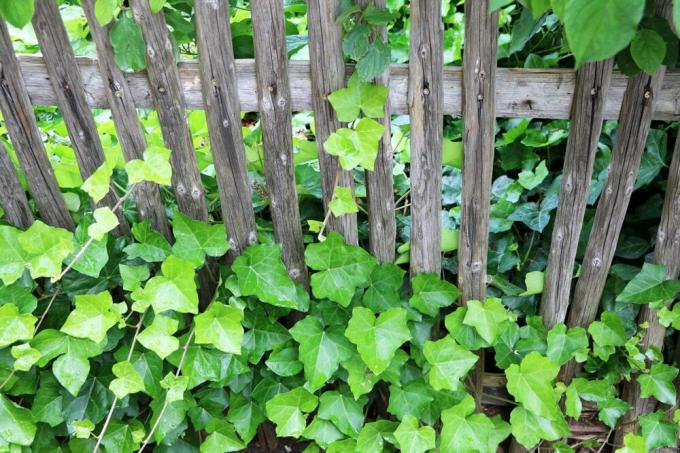
planting ivy | 13 tips on soil, setting & planting
Whether as a privacy screen, climbing wall or terrain greening or ground cover - ivy always works. With species-appropriate care, this evergreen classic will delight gardeners for years with its numerous advantages. In order for the plant to thrive particularly well, the gardener should take these tips into account.
